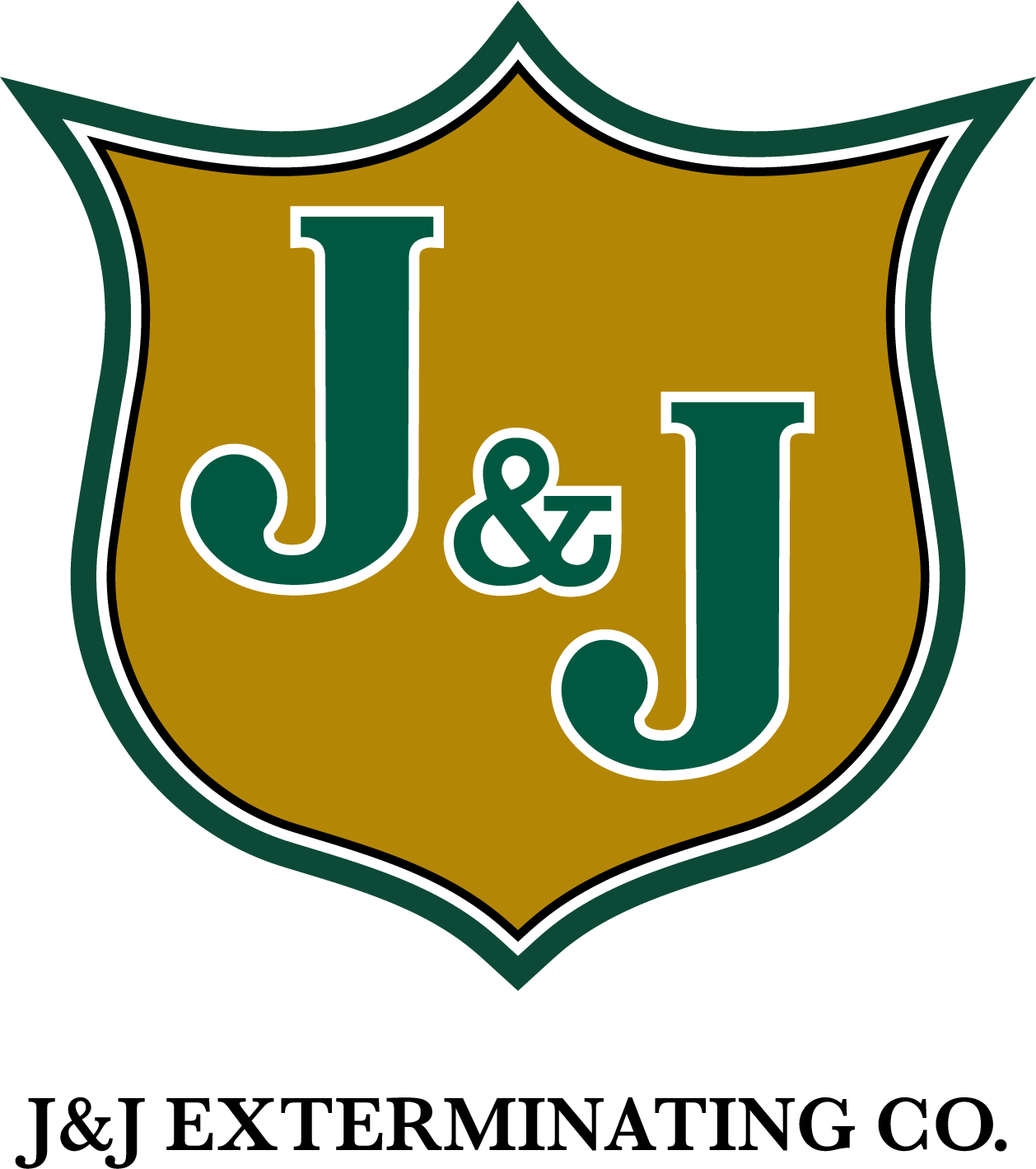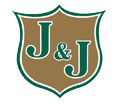How To Recognize A Termite Nest
There are many different termite species in the world, and the nests that they build all look different. In fact, most people would not even be able to know a termite nest by looking at one. In the United States, there exists a few dampwood, drywood and subterranean species of termites. Some of these termite species can build nests within your home without you even knowing it. However, other termites only build nests outdoors. Finding a termite nest in or near your home means that it is time to give a pest control professional a call. But that can be hard to do if you have never seen one, or do not know where they are commonly found. Sometimes people notice a termite infestation, but cannot locate the nest. In these cases, nests may be located behind walls, in between floorboards, or above ceilings.
First there are subterranean termites. Although eastern subterranean termites are the most numerous and damaging termites in the US, you will never find a subterranean termite nest within a home. This is because subterranean termites build their nests below the ground. Several different tunnels lead to nesting areas where subterranean termites congregate. These nests can be located eighteen inches below the ground. However, these termites will ventilate their nests with mud tubes that protrude from the ground, which can be easily found near the borders of a home. These tubes often lead into basements or crawlspaces where termites can access wood.
Drywood termites do not require soil for survival, so they never need to leave a home. This means that their nests can be found in hidden places around a home. For example, underneath hardwood floors, roof materials, trees that have fallen in your yard and furniture. In the wild these termites like to inhabit dead trees that are near water sources. Drywood termite nests also have many internal chambers, but they look like chunks of wood, and no mud tubes are present. These nests can be detected in areas of your home where you find holes, fecal pellets, dark areas of wood or finely ground wood dust. Dampwood termites leave signs of nest building that look similar to drywood termites. Luckily, mound building termites do not inhabit America. If these nests are not found and removed from a home in time, flying termites (alates) could emerge from the nest and populate another area of a home.
Have you ever found termite alates swarming in your home?
Tags: Termites




